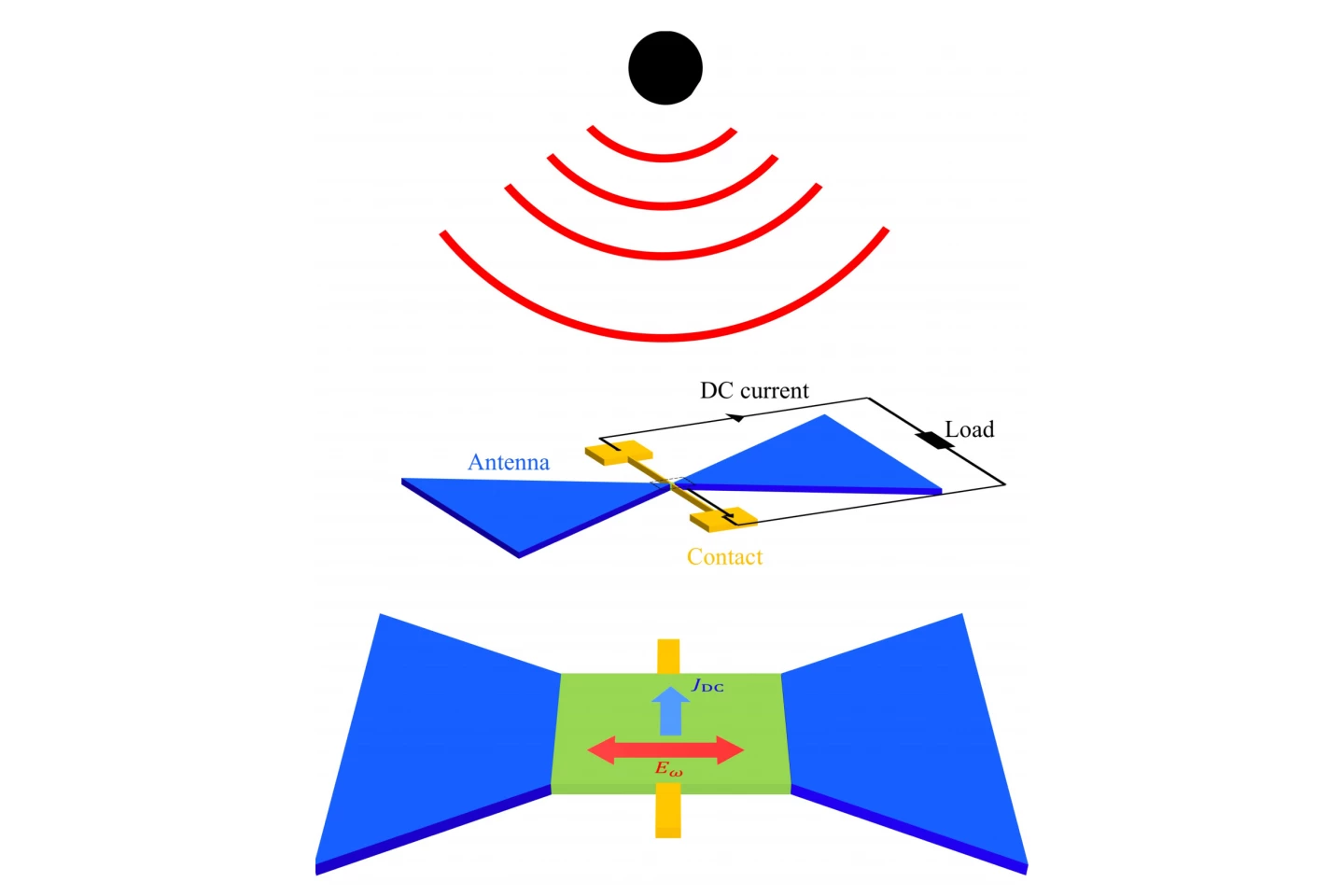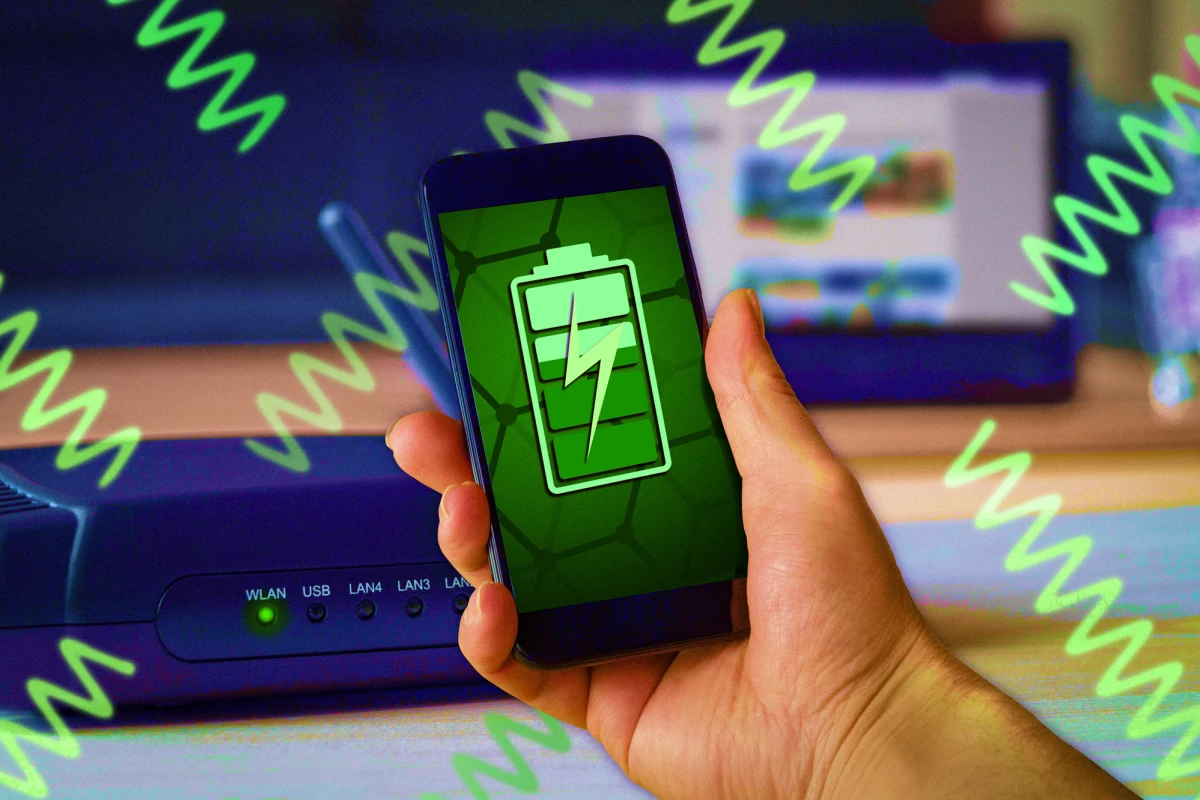In its current form, wireless charging technology isn’t much more useful than plugging in your phone – after all, the device still has to be in contact with the charger. But there’s plenty of ambient radiation just floating around in the air, and now researchers from MIT have laid out the blueprints of a system that could tap into this wasted energy source to charge devices.
Terahertz radiation is made up of high-frequency waves that sit between infrared and microwaves on the electromagnetic spectrum. They’re produced by many electronic devices, including basically anything that sends out a Wi-Fi signal.
While this may seem like an untapped gold mine for energy harvesting, it’s been notoriously difficult for scientists to harness. The MIT team’s new method seems like an intriguing possibility – but at this stage it’s just a blueprint, and hasn’t been tested.
“We are surrounded by electromagnetic waves in the terahertz range,” says Hiroki Isobe, lead author of the study. “If we can convert that energy into an energy source we can use for daily life, that would help to address the energy challenges we are facing right now.”
The team’s device is known as a terahertz rectifier and it’s made up of a small square of graphene with a layer of boron nitride underneath, flanked on both sides by an antenna. This antenna collects the terahertz radiation from the ambient air, boosting the signal while passing it onto the graphene. That, in turn, causes the electrons in the graphene to all flow in the same direction, creating a direct current (DC).

The team says that the graphene needs to be as pure as possible, since any impurities would send the electrons scattering. The boron nitride layer is also there to prevent this from happening. Normally, the electrons in graphene would be forced equally in all directions, but the boron and nitrogen atoms in the lower layer redirect their path just enough to keep them all moving together.
While it’s likely that any terahertz rectifier would only generate a small amount of electricity, it could be enough to power small devices at first. The team suggests that the first use cases might be for powering implanted devices such as pacemakers, which currently require surgery to change the batteries.
But of course, the end goal of this kind of technology would be passively topping up our phones and laptops while using them. Researchers have been experimenting for years with finding ways to harvest signals like radio waves, but the universal problems include small outputs, long charge times or needing specially-built rooms. It looks like we’ll be plugging in our phones for many years to come.
Nevertheless, the MIT project is the latest baby step towards useful wireless charging technology. The team now plans to begin building and testing the physical device.
The research was published in the journal Science Advances.
Source: MIT





